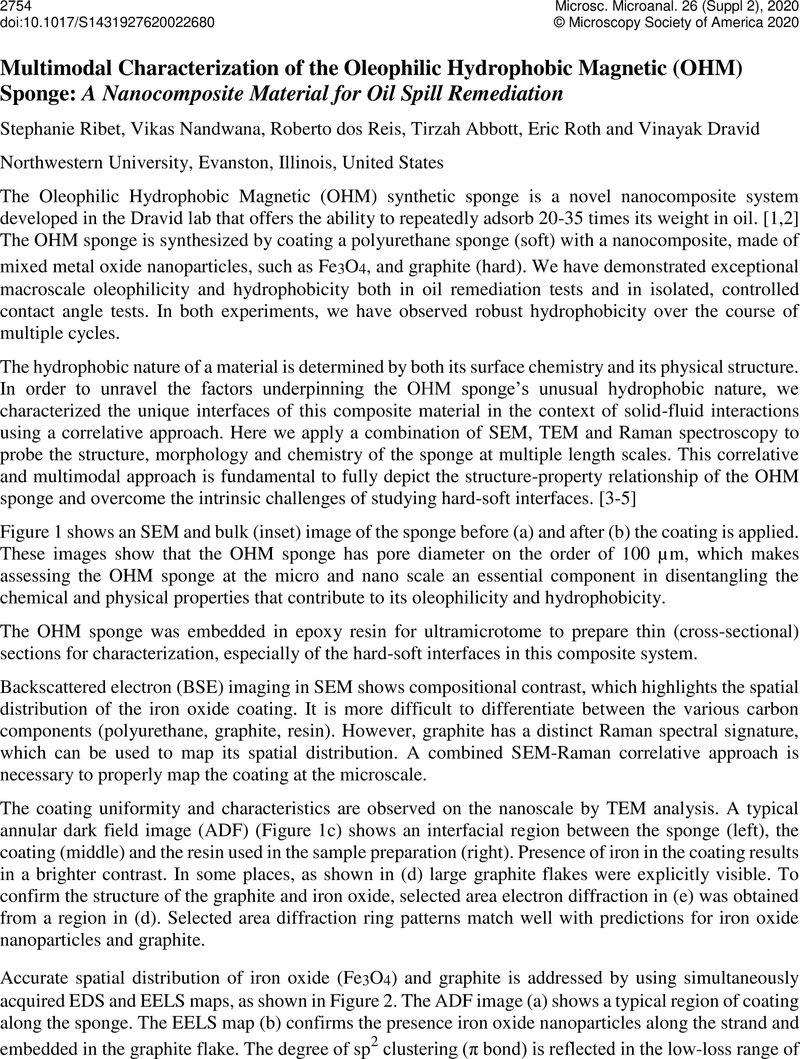Crossref Citations
This article has been cited by the following publications. This list is generated based on data provided by Crossref.
Rani, K. Sheela Sobana
Vignesh, G.
Vignesh, S.
Abhinav, S. Sanath
Sumathi, S.
and
Sindhuprabha, K.
2023.
Marine oil spill cleaning robot.
Vol. 2914,
Issue. ,
p.
040007.




